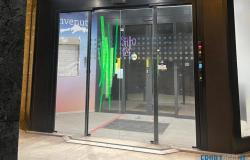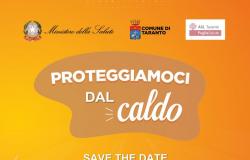Anyone who ventures into one of the numerous service stations that line the Italian motorways or into almost all the duty free shops in our airports will not be able to help but notice some products present only in these points of sale and completely absent (except in a few tourist shops) on the entire national territory, the ham nuts with pepper and the famous (or infamous) Three-colored pasta.
Displayed among Italian excellences such as Parma Ham and Parmigiano Reggiano, they are often purchased as souvenirs by departing foreign tourists, convinced that they have acquired highly prized typical products of Italian gastronomy.
It’s a shame that these foods are completely unknown to the inhabitants of the country and it is very rare to find an Italian who has ever tasted them even just once in his life.
The great chef was unable to contain his indignation over tricolor pasta David Scabinfamous for his starred restaurant Carignano in Turin and for his commitment against food counterfeiting.
In no uncertain terms, Scabin strongly criticized tricolor pasta, calling it “inedible “and a real one” damage for Italy“. The chef contests the absurd quality-price ratio of this product, underlining how its cost can reach over six times superior to that of a high-end package of pasta.
On a purchase made at the airport Scabin paid out well 6.90 euros per 250 gr. of colorful farfalle, equivalent to the exorbitant price of almost 28 euros per kilo, infinitely higher than that of the high quality pasta used in starred restaurants.
Something truly unacceptable for the Turin chef. The issue raised by Scabin goes far beyond the simple criticism of a product.
It is something that fits into the sadly broader context ofItalian Soundingthe insidious phenomenon that sees the sale of products that should represent Made in Italy but which often do not comply with the quality standards in the slightest.
Scabin strongly reiterated how tricolor pasta does not represent Italian food culture at all, neither in taste nor in quality.
A tourist gadget, a “kitsch” product that does nothing but mortify Italianness, especially in places where it should be celebrated, such as international airports, which act as a business card for Italy. The controversy sparked by the chef has once again inflamed the debate on the importance of protecting and promoting the authenticity and genuineness of Italian products.
The tricolor pasta, for some a harmless souvenir, for others represents a deeper problem that undermines the cultural identity and reputation of Italy in the
world. Scabin’s declarations must be understood by everyone, producers, consumers and institutions as an exhortation to collaborate together to ensure that Made in Italy remains an emblem of tradition and quality.





